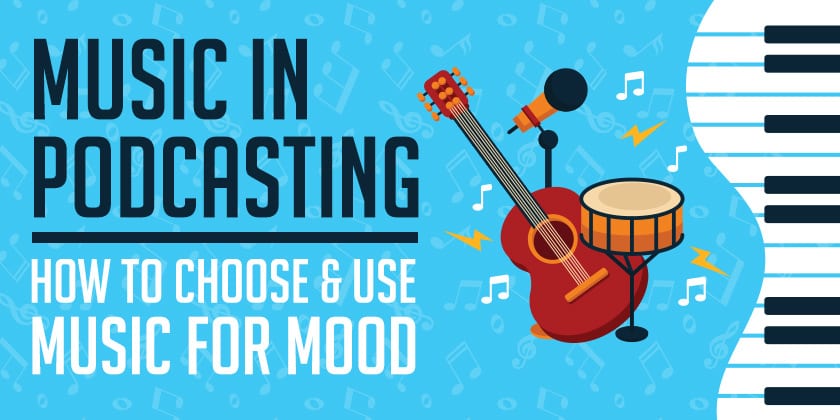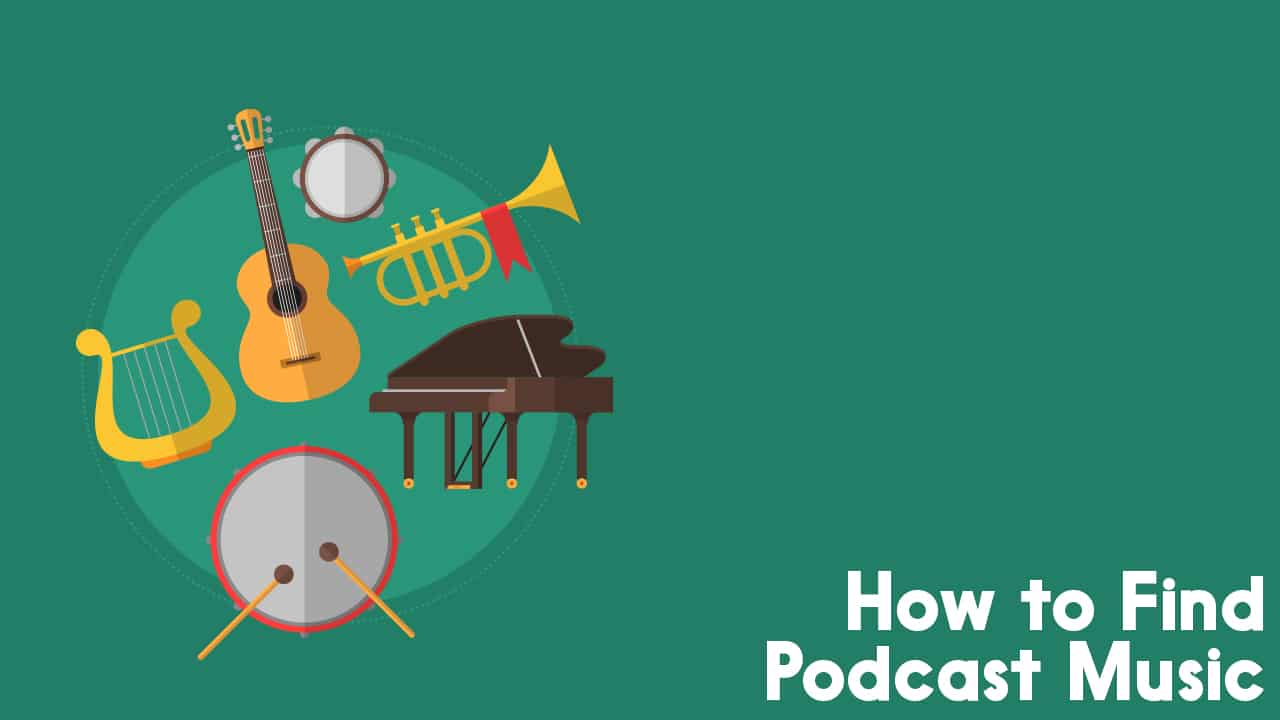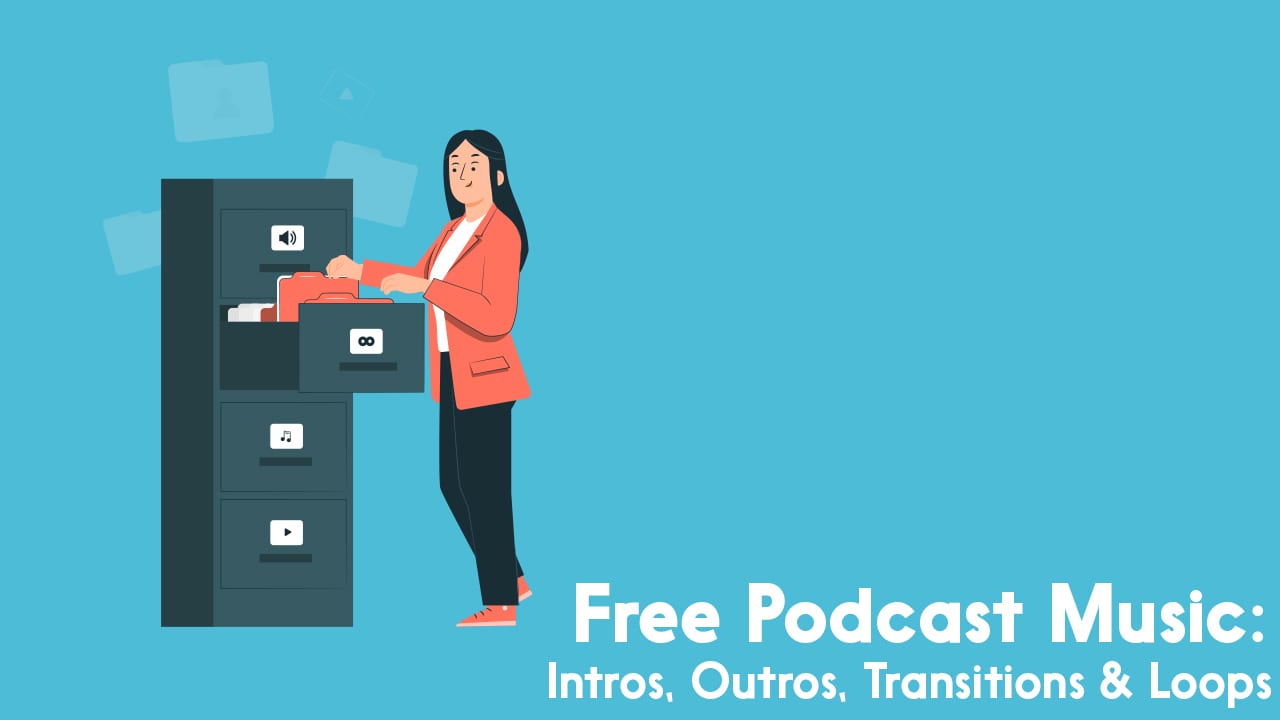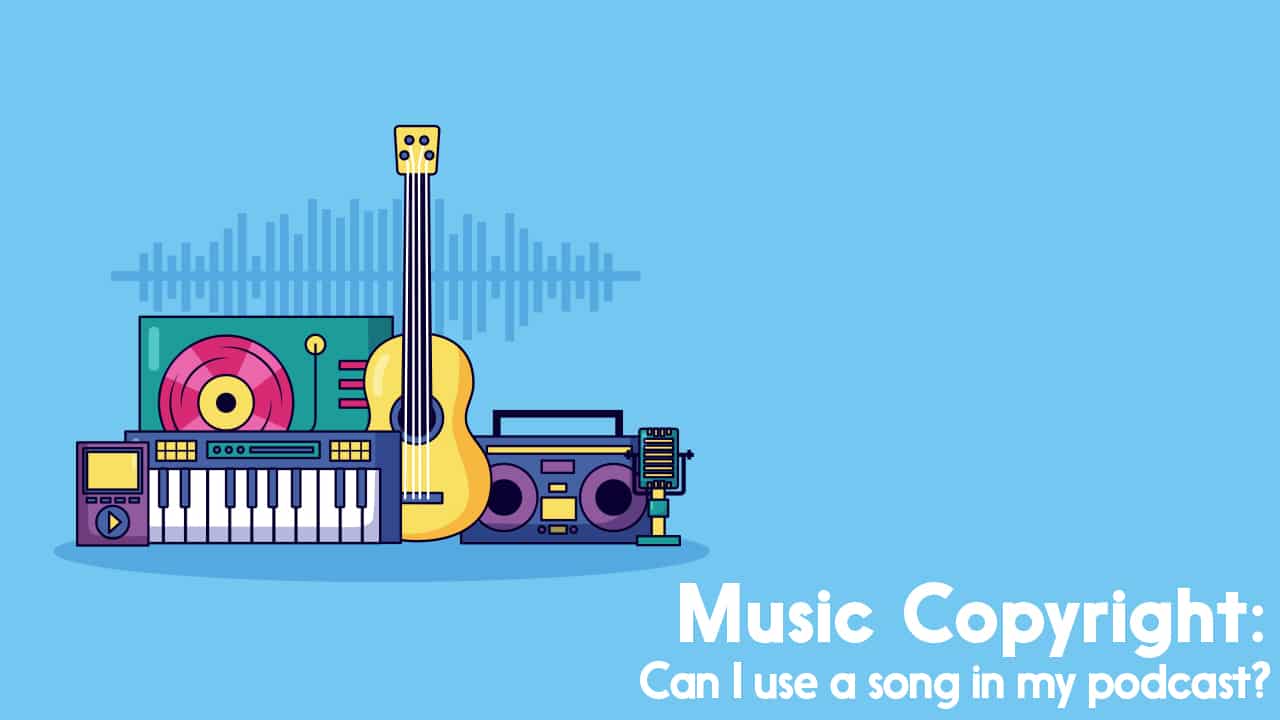How to Choose & Use Music for Mood | Music In Podcasting #1

Most podcasters want to add music tracks to their show. It’s an instinctive choice – we know that music can make our voice sound richer, or more evocative, and our guests sound more authoritative. We know that the right music can do so much to help create the mood we want for our show, whether that’s a laid back vibe, a jazzy edge, or a professional calm.
For the most part, we rely on our personal judgement when it comes to choosing music. This is generally a good approach, and the science supports it: we respond emotionally to changes in melody, tempo, rhythm, and volume; we know soothing (or sad, or edgy) music when we hear it; and we know when something sounds wrong. But, as this article is going to show, having a little formal awareness of how music works as a soundtrack, and how it can be edited, can make a big difference.
In Part One of this two-part series, I am going to cover the following:
- ways in which you can speed up the process of choosing music
- how to use music to create both the mood and tone
- a framework for choosing appropriate music (and when to use that music)
In Part Two I’ll talk about specific techniques of working with and editing music in your mix:
- ducking (the technique of lowering the volume of the music so it doesn’t overpower the voice)
- cueing music (when will the music start: before you talk, after, or at some point in between?)
- working with transitions to add structure to your show
- timing your content to match changes in the musical structure
- disguising recording flaws with music
Please note, these articles are not going to cover where to buy or find music, but Matthew covered that in a lot of detail here: How to Find & Buy Music.
How to to speed up the process of choosing music
Categories
I’m assuming that podcasters reading this won’t be paying for an original score, but will be buying royalty-free tracks or using Creative Commons music for their shows.
On the websites where you find this kind of music, each track will usually have a short write-up describing its mood or genre, for example, tense, urban, nostalgic, classical, funk & blues, industrial cinematic, New Orleans jazz, ragtime, creepy, Asian, mysterious or gritty.
Make it part of your podcasting training to familiarize yourself with how each category or genre sounds. There will likely be many you never knew even existed, such as ‘corporate’, or ‘chase,’ or ‘patriotic’.
It’s also useful to make your own lists in a Word document that include the categories or genre on the music sites you use, or plan to use. When you sit down to think about what music to add to a particular episode, your Eureka! moment is going to come a lot faster if you can select from a prepared list of dozens of existing categories rather thantrying to work from memory.
Of course categories are general, and individual tracks within them can still sound very different. You’ll always need to find the one piece that fits your show.
Tempo
Tempo is another descriptor that can help you find the music you want faster. It’s also usually listed in a song’s description, as it’s one of the clearest signals as to how the music will make us feel. Tempo is the number of beats per minute in a piece of music: many people compare it to heartbeats.
The average resting heartbeat is around 70–80 beats per minutes (bpm) so, generally, if you want your show (or your words) to sound smooth or calm the music should have a bpm around this number. As the rate increases the mood gets progressively more lively and energetic, until it becomes frenetic.
A marching song, or a piece of house music, is usually around 120 bpm, for example. A bpm, lower than a resting heartbeat, can make music sound wistful, soulful, stately, or moody, to the point of being depressing. Of course you may want these emotional effects, so don’t be discouraged from using them. No one is saying you should only ever use calm, steady music.
Of course, the types of instruments used will also indicate how the music will sound, but unless you’re an experienced musician you’re likely torely on the category/genre and tempo information.
Tip 1: when you download a piece of music make sure to add the category/genre and tempo information to the file name.
Tip 2: many music sites allow you to listen to a sample before purchasing or downloading a track, but often only if you have that page opened in your browser and your cursor directly on the ‘Play’ button. To hear what the music will sound like with your recording, first go to Audacity (or whichever DAW you use), click ‘Play’, and then go to the web browser page and click ‘Play’ (or hold your mouse arrow over the track). For best results, first add about 10 seconds of silence to your Audacity track. This gives the music a chance to play for a few seconds before your voice comes in, which simulates the usual way music is cued in a podcast.
Using music to set the mood and tone
As in film, a music soundtrack can be used in a podcast to create the mood or set the tone. Thinking about these terms may make you feel like you’re back in poetry class, but being conscious of their differences can really help take your music choices to a higher level.
Mood is a product of the range and intensity of emotions evoked by a song. Earlier, I mentioned that most downloadable music will provide you with a description of the mood: dark, bright, urban, patriotic, etc.
So far, so good. If you have a bright, happy topic and a bright, happy speaker, then a lighthearted piece of music is generally going to sound fine. But you don’t always have to be so obvious – you can set the tone as well as mood. In fact, you always set the tone, but you may not always be aware of it.
Put simply, tone is your attitude toward your show and content. Your choice of music, as well as how it’s played and cued, helps the listener interpret what is being said. Your lighthearted music underscoring the bright, happy speaker clearly lets listeners know what you think and feel (you like them both). But sometimes you might want a more complex effect.
For example, you have a guest talking about Uber. Do you introduce him or her with a piece of dystopian electronica, ‘Whistle While You Work’ (the song from Snow White), a union protest song from the 1930s, or some cool jazz? All these types of music will set the mood, but each will project a very different attitude, or tone.
Choosing appropriate music (and using music appropriately)
Here’s a common problem many podcasters face. Our emotional reaction to music may be instinctive, but our ability to match it tastefully with other content is not.
Watch this video of the final speech given by King George VI in The King’s Speech. Listen to how the music score is connected to the rhythms of the speech, and how changes in the melody, and the volume, both precede emotional changes in the speech, and also enhance those changes.
It’s powerful, right? You definitely want something like this playing when your guest talks about the plight of Syrian refugees. It’ll give listeners such an emotional punch that your show will be a raging success. Or maybe not.
Imagine this type of music actually accompanying the live speech made in 1939. Or imagine a modern day politician delivering a real speech on the start of war and the news adding a swelling musical score, timed to his speech, in the background. It would be horribly inappropriate, as the overall mood would be mawkish to the point of parody.
This is why the daily news on radio or TV almost never has musical accompaniment, unless it’s at the start of a segment to set the tone (but then fades out as soon as people start talking).
So, to avoid getting carried away with musical choices, first consider your topic, or subject matter, and then ask yourself: is it contemporary or historical, serious or light, fictional or real? Also consider whether your show is interview style, narrative driven, or pure fiction. The closer you are to a contemporary and serious topic – the more ‘newsy’ or informative your show is – the less impact the music should have.
It’s generally good to avoid tracks that have a ‘cinematic’ mood – those that soar and lift the spirit. If you do use this type of music it’s best to confine it to when you introduce a guest or topic; in other words, use it to clue in the listener about how you feel (your tone) about the show. During the actual talk, either have no music or something that has a light feeling of momentum: that is, of moving the conversation forward.
The converse of all this is that the more your podcast is a show, or performance (think of Classic FM DJs with their endless sound effects), something edited and constructed and full of your opinions and attitude, the more freedom you have to make an impact with music. Let’s look at a few examples:
BBC World Service
A BBC World Service podcast covers contemporary news stories. There is no music at all in most pieces. This sets a tone of high seriousness and naturalism.
The Podcast Host
The Podcast Host ‘Podcraft Series’ is all about helping you create better podcasts. The light music that accompanies the introduction sets a tone for the listeners that indicates a professional but friendly show.
More Perfect
This spinoff from Radiolab covers important decisions in the US Supreme Court history: and there is music in it. This works in part because the events are far enough in the past that they are not news, and also because the show is heavily structured and edited: there is montage, commentary, narration, historical footage, and so on. The music highlights changes in the podcast’s tone and also serves as a counterpoint to the serious nature of the content.
99% Invisible
This episode of 99% Invisible begins with the introductory music to the hit TV series Law & Order. The music sets a playful, ironic tone because of a pun: the episode name is Lawn Order, as it’s about lawn by-laws across the US.
With those first few bars of music you know this is going to be a show with a legal/law enforcement angle, but you can guess it’s not going to be serious. In general, 99% Invisible uses many music tracks within a single episode, mostly to help make the voices more pleasant to listen to, to propel the narrative, and to act as transitions from one segment to another ( we will cover how to do this in Part Two).
Nocturne
This podcast’s excellent sound quality reminds us that taste is still very important when it comes to choosing music. In this episode, Helen Zaltman (from the show The Allusionist) recounts witnessing a stabbing on a bus ride in London. The events are far enough in the past that she can tell them as part of a story, rather than a piece of news, and so the addition of music is not inappropriate.
However, a podcaster should be careful not to undermine the seriousness of the topic with the wrong music. The edgy, jazzy soundtrack in this episode definitely sets the right tone. Interestingly, the voice will sometimes be paused. This is an editing choice which allows time for the emotion in the music to impact on the listener, or for the emotions stirred up by the speaker to linger. This technique requires good judgement as it can easily be overdone.
What Now?
Here are a few exercises that will help you get a better sense of the range of possible effects you can generate with music:
- Download a BBC podcast without any music and add a “patriotic” track in Audacity. Then try an electronic track with a distopian mood. Now try a light piece of guitar music that simply has a feeling of forward movement. Are any of these appropriate for the content of the show? What different emotions, moods and tone do they generate (even if you feel these are not appropriate, write down why)? Does any of the music make the podcast seem less “real”, less newsy?
- Take one of your own podcasts, or a piece of a show you are working on, that already has music and ask yourself why you chose that? Write down the reasons. Were you consciously aware of the tone you were setting? If yes, write down that tone, and then ask a couple friends to listen and write down what tone they think the piece is generating. If your friends feel the same as you then congratulations. If not then you need to figure out why. A good starting point is asking about what mood and tone they think your voice is generating (as this is hardest for us to judge).
- Take that same piece of audio and consciously choose to create a different tonal effect. If it was comic, choose tragic. If it was sunny, choose ironic. Find music that you think will have this effect and write down the reasons why. Add the music track and again, ask a friend to listen and record their impressions, and then compare.
Please do let me know how you get on with this in the comments – I’d love to hear!



